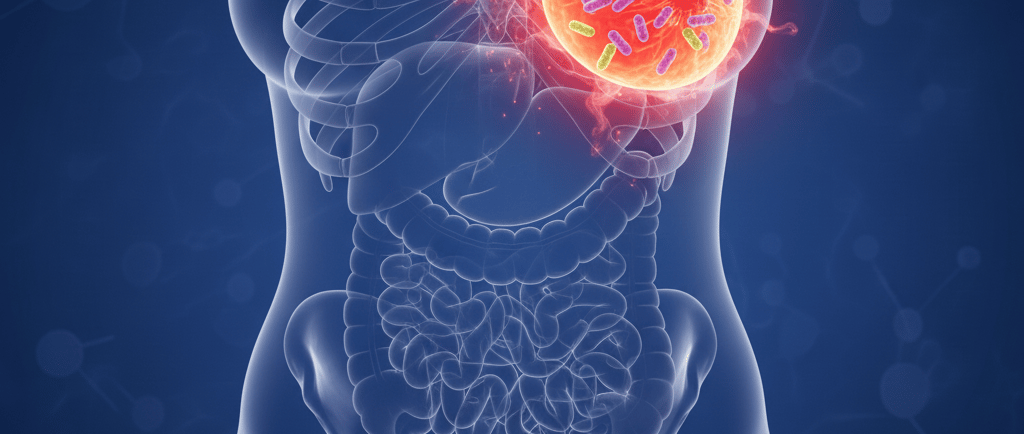Is infection of the breast normal?
A breast infection (mastitis) is common, especially in breastfeeding women, but it is not “normal”—meaning it should not be ignored
Dr. Shreyas Bansal
11/21/20252 min read


A breast infection, or mastitis, is common in breastfeeding women but is not “normal”—meaning it should not be ignored.
It's a treatable medical condition that happens when bacteria enter the breast tissue, usually through a cracked nipple or blocked milk duct.
Less commonly, infections can occur in the breasts of women who are not breastfeeding; these should always be investigated by a physician.
1. What Is a Breast Infection (Mastitis)?
Mastitis, an infection of the breast, is an inflammation of the breast tissue that can include swelling, redness, warmth, and pain.
This normally occurs when bacteria gain access to the breast tissue from the nipple, or when milk flow is impeded.
Types of Breast Infections
Lactational mastitis - seen in breastfeeding women
Non-lactational mastitis- it occurs in a woman who is not lactating.
Breast abscess - When an infection creates a pocket of pus.
2. Causes of Breast Infection
In Breastfeeding Women
Cracked or sore nipples, allowing bacteria to enter
Engorgement (breast too full)
Blocked milk ducts
Incomplete emptying of the breast
Poor latching
Sudden changes in the frequency of breastfeeding
In Non-Breastfeeding Women
Trauma to the breast
Bacterial invasion via skin fissures
Smoking increases risk
Hormonal changes
Diabetes, weakened immunity, etc. (chronic medical conditions)
3. Breast Infection Symptoms
Breast tenderness; sharp, throbbing, or constant ache
Red, warm, or swollen area on the breast
Fever or chills
Hard lump or area of firmness
Discharge or pus from the nipple
Fatigue or flu-like symptoms
If you notice pus, a hard, painful lump, or a high fever, seek medical help immediately.
4. Is It Serious?
Most breast infections are treatable with early medical care.
However, if mastitis is left untreated, a breast abscess may form that can occasionally require drainage.
5. Treatment
General advice: always consult a doctor.
Prescribed antibiotics
Warm compresses
Frequent emptying of the breast (if breastfeeding)
Pain relievers (as advised by the doctor)
Proper breastfeeding positions
It is usually safe to continue breastfeeding unless advised otherwise by a doctor.
6. Prevention of Breast Infection
For Breastfeeding Mothers
Ensure proper latching
Empty the breasts while feeding
Breastfeed on demand
Avoid long gaps between feeds.
Treat cracked nipples as soon as possible
Wear comfortable, non-snug bras
For Non-Breastfeeding Women
Keep your breasts clean
Avoid squeezing or picking at the nipples
Stop smoking- decreases non-lactational mastitis
Cure skin infections early
Strengthen immunity with healthy habits.
Summary:
Infections of the breast are common, but not normal, and need to be treated. They most often appear in breastfeeding women but may happen in non-breastfeeding mothers, too. Symptoms include pain, redness, swelling, and fever. Early treatment prevents complications such as abscess formation. Prevention consists of proper breast care and hygiene, correct breastfeeding techniques.
Wellness
Empowering women through holistic health solutions.
Contact
Support
(+91) 9111110238
© 2025. All rights reserved.
